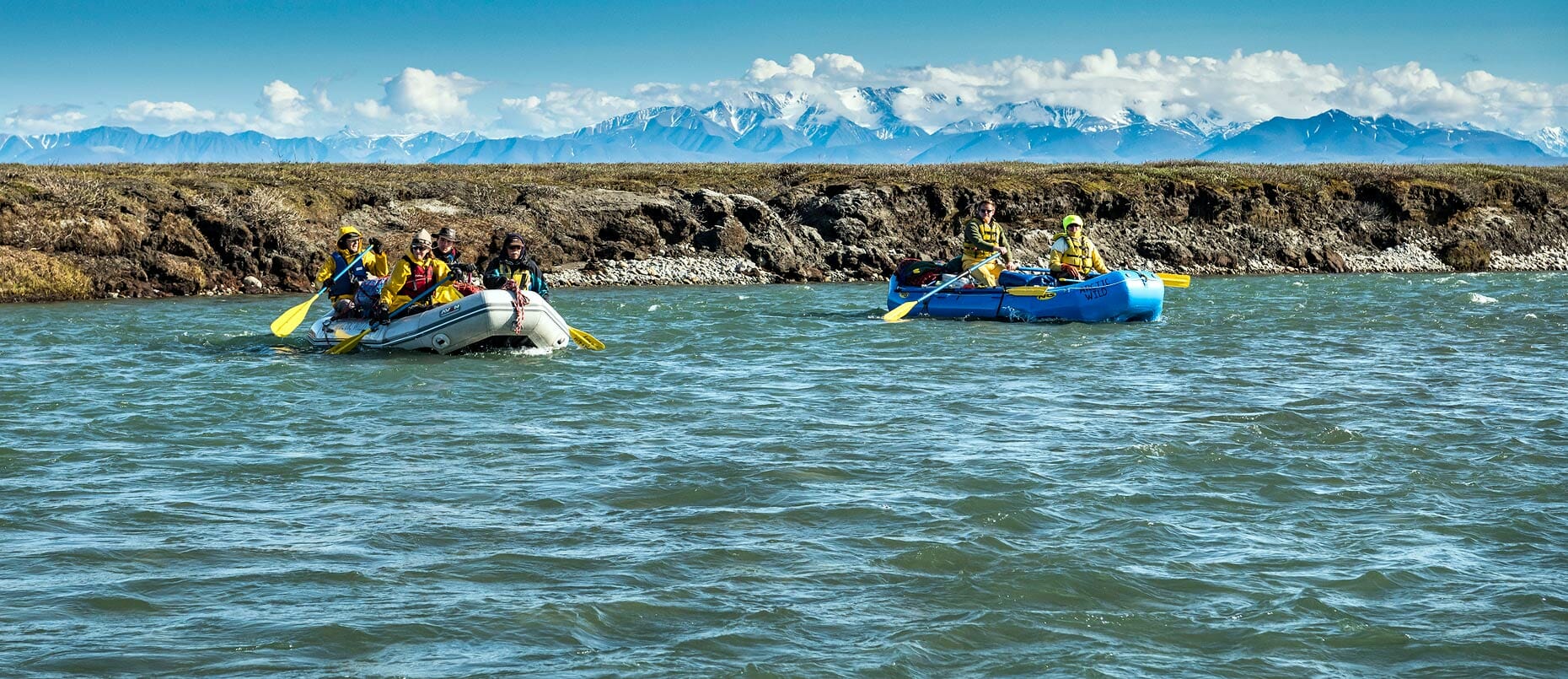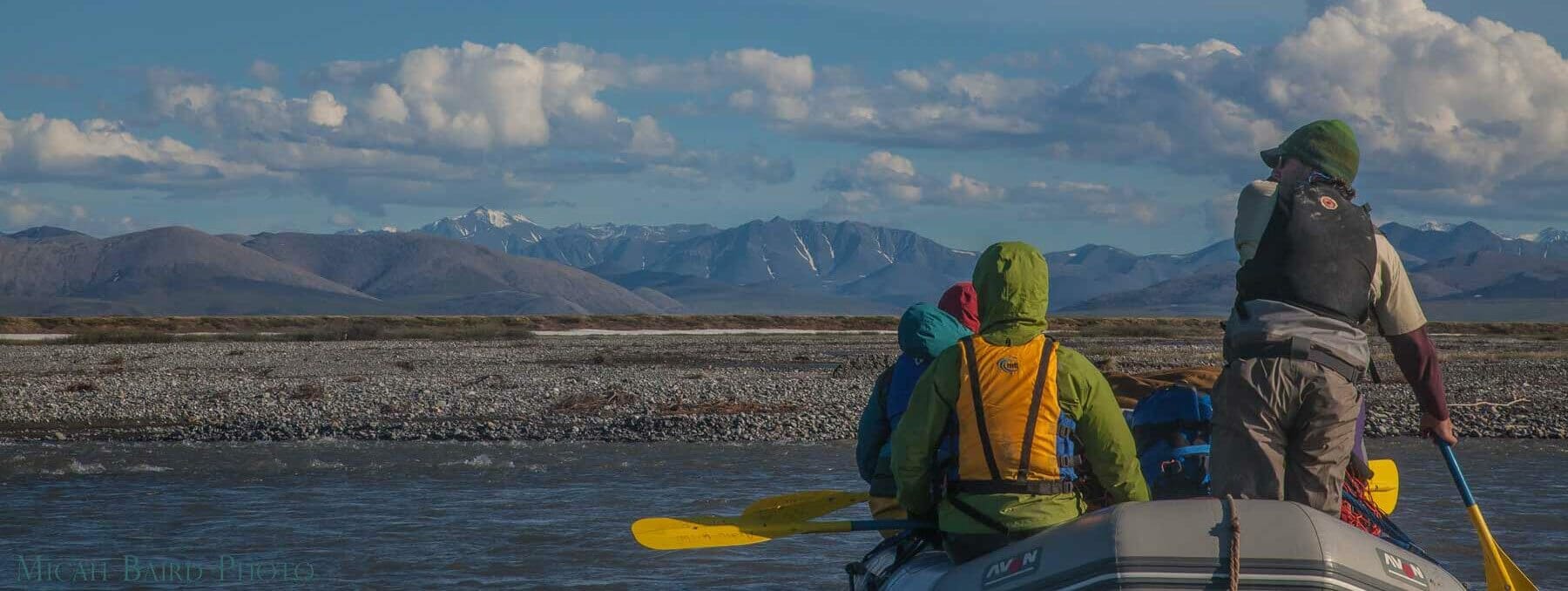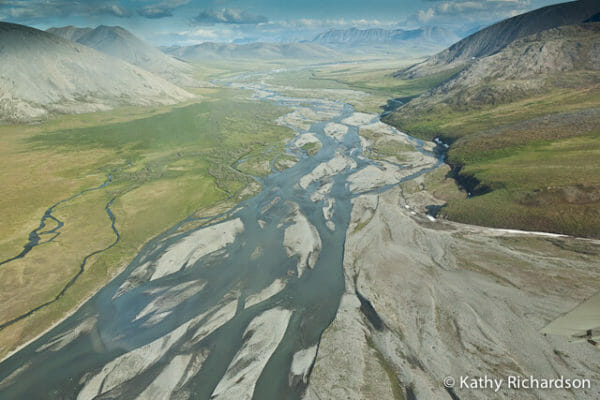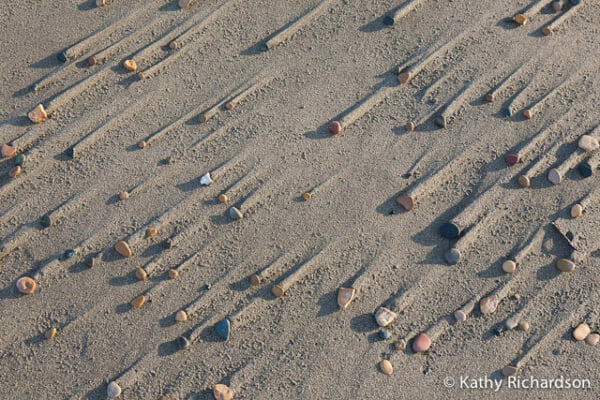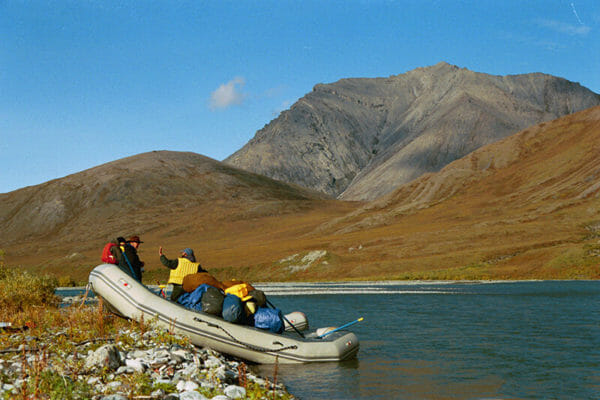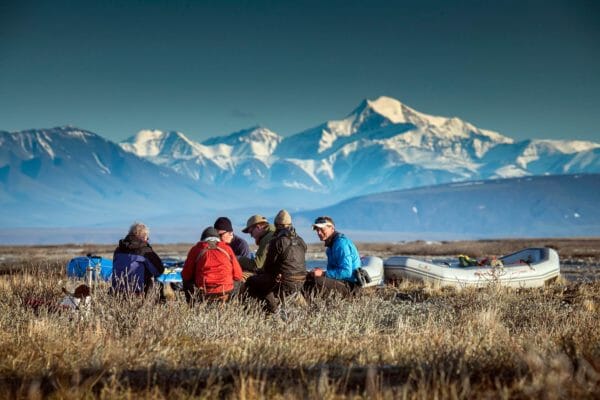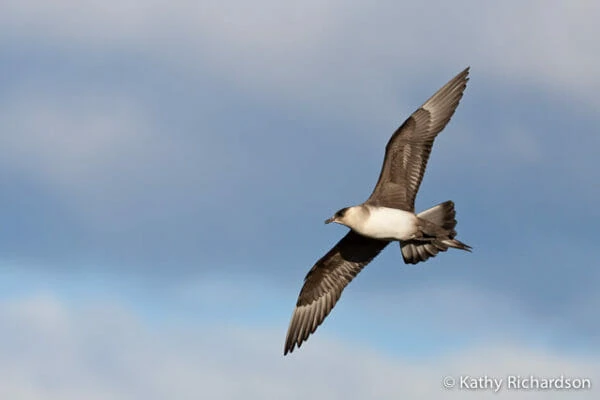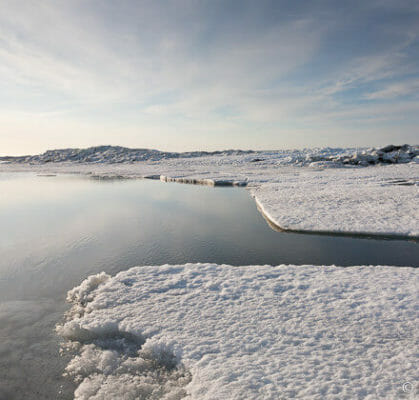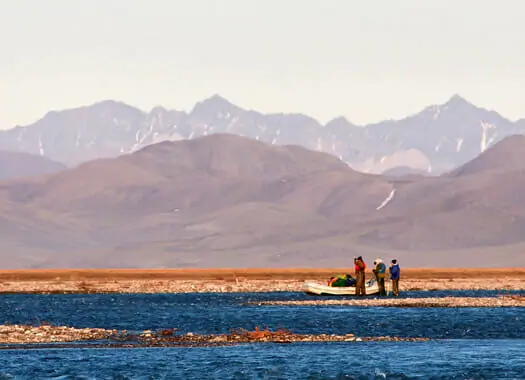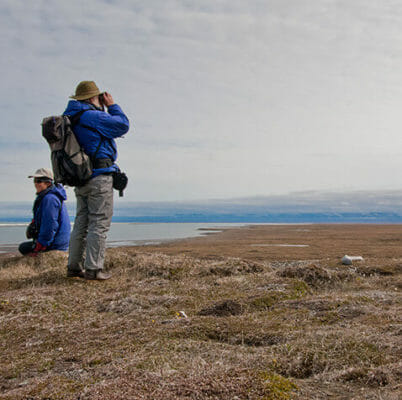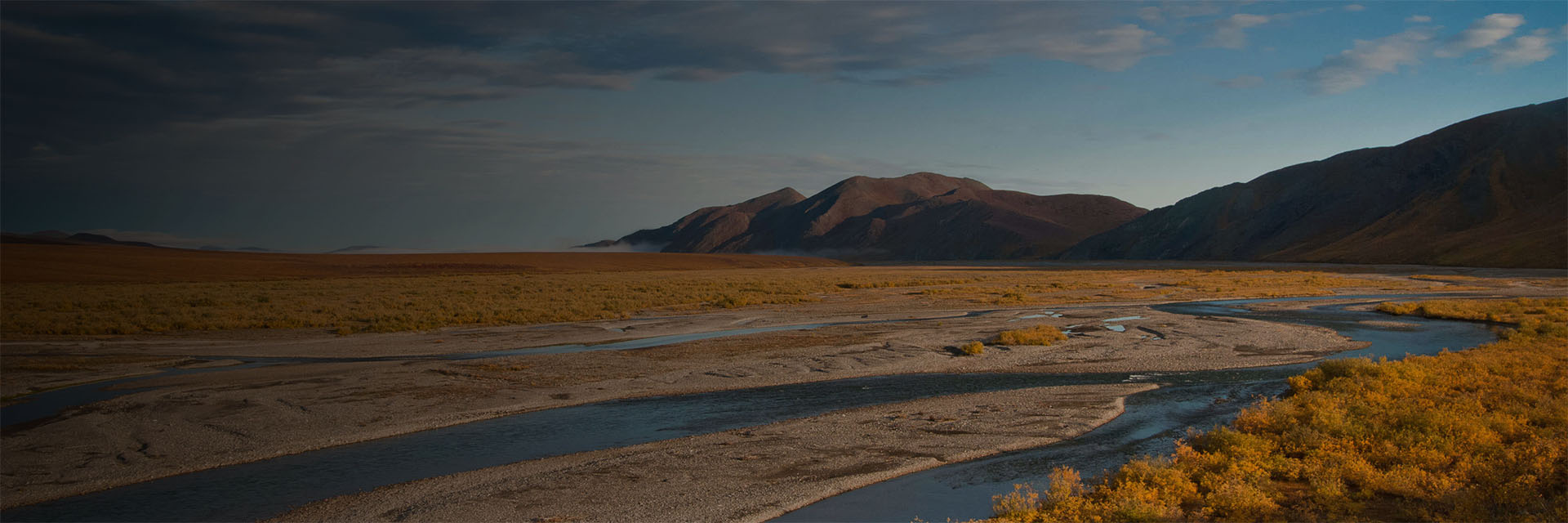Last updated: November 25, 2020
Itinerary
What follows is a general flow of events. Expect the unexpected and prepare to be flexible.
June 24
Meet with your guide(s) for a pre-trip meeting at 8 am pm in at Arctic Wild headquarters in Fairbanks. Once we are packed for the field and questions have been answered we head for the airport and then to the Neets’aii Gwich’in community of Arctic Village. We plan on spending the afternoon and evening as guests in the community to learn about life in rural Alaska and residents efforts to protect the Arctic Refuge and the Porcupine Caribou Herd. Details of this visit are TBD.
June 25
After breakfast in Arctic Village we return to the airstrip and meet our bush-planes. Then we fly through the peaks of the Brooks Range leaving both trees and civilization far behind. Once we get to the Aichilik we unload on a river bar at the northern edge of the mountains. Once the plane goes, we are on our own in the immense and quiet landscape.
June 26 - June 30
At any time during the week, we could see caribou, a grizzly bear or two, a wolf, or other arctic wildlife. On the three anticipated paddling days, we will be on the “go” for 6 to 8 hours. We won’t be in the rafts that whole time, however, and will pull ashore several times each day for brief forays or to watch wildlife. At day’s end, we’ll choose a nice, dry, scenic camp. There will be free time for group and personal pursuits. Guides will lead informal natural history hikes, but you are also welcome to go off on your own.
We will plan one or two “layover days” and 3 full paddling days. Our first day hikes will be in the Brooks Range foothills. This area affords us great opportunities for gaining elevation, admiring wildflowers covering the slopes, and hopefully watching wildlife.
Our final layover will be on the arctic coast. Hiking along the beaches is excellent and a pretty good workout. Depending on sea ice conditions, we may be able to climb an icy “pressure ridge” formed by the frozen Arctic Ocean.
We will plan two or three “layover days” and 3 full paddling days. Our first day hikes will be in the Brooks Range foothills. This area affords us great opportunities for gaining elevation, admiring wildflowers covering the slopes, and hopefully watching wildlife.
Our final layover will be on the arctic coast. Hiking along the beaches is excellent and a pretty good workout. Depending on sea ice conditions, we may be able to climb an icy “pressure ridge” formed by the frozen Arctic Ocean.
July 1
Await the arrival of our bush pilot, who will land on the beach. We will fly south across the breadth of the Arctic National Wildlife Refuge, past Arctic Village and back to Fairbanks, arriving (weather permitting) in time for dinner.




